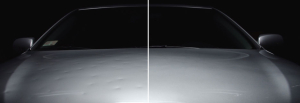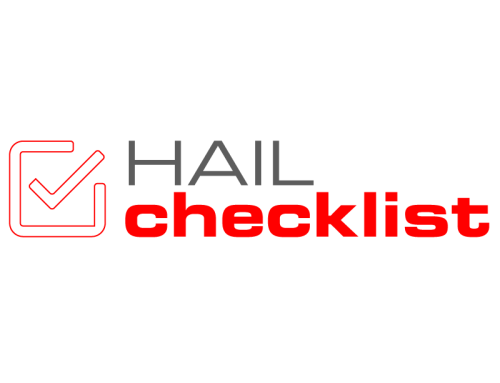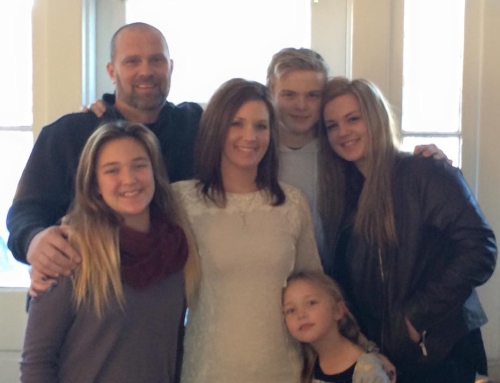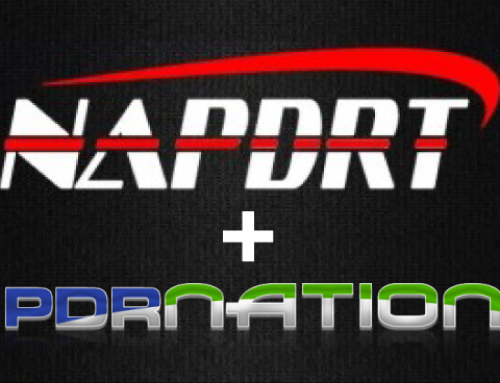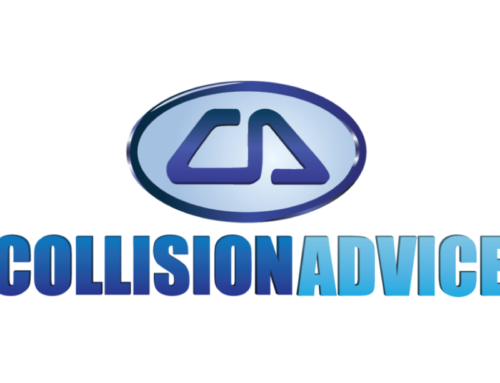with: Dan Ontrop, Dan O Dents
The local news station has been predicting the potential for severe weather now for a couple of days. Like most people, you turn a blind eye because meteorologists tend to exaggerate and are often inaccurate. Today, unfortunately for you, they were correct with their prediction. Mother nature served up a severe thunderstorm that produced damaging hail. In its path was your vehicle- so now what do you do?
Owners of vehicles are faced with this question every Spring, and most do not know the answer. I will walk you through the steps to make sure your vehicle is brought back to its pre-existing storm condition, through the proper hail damage repair process. If all the steps are followed, you will be amazed at the repair performed by the art of a PDR (paintless dent repair) technician.
So what is PDR? PDR is a unique process by which dents are removed from a vehicle using a highly specialized craftsmanship. Each dent is carefully massaged outwards from the interior of the damaged panel. When technicians are unable to gain access to a the interior side of the panel, a secondary system which uses glue, plastic tabs, and a lifter device is utilized. This technique called “glue pulling” addresses the damage from the exterior of the damaged panel. Both methods ensure that the integrity of the vehicle’s exterior finish is maintained. PDR is an environmentally friendly approach to repairs. The process maintains the original paint, eliminating the use of replacement materials which in turn minimizes waste. Because your car’s original factory paint finish is NOT compromised with PDR, the value is retained. Additionally, the PDR process is faster, allowing you to get back into your vehicle in a fraction of the time needed for conventional repairs. Although PDR is the preferred method of repairs, at times of severe hail damage conventional repairs may still be required.
The first step after your vehicle has received hail damage is to contact your insurance agent / provider. Let them know the time and location the damage occurred. Your insurance provider will then start the claim process. He or she will try to answer any questions you have. Remember that the insurance agent you are speaking with my not have all the answers to your questions. This may also be his / her first time dealing with local hail damage. The day after a catastrophic hail storm is very hectic for an insurance agency / provider. Try to be patient.
After the claim process is started, the insurance provider will do one of two things: advise you to have your vehicle inspected at a local collision center; or for customers who are insured with a nationwide carrier, have an adjuster contact you. They will then set up an appointment to assess the hail damage on your vehicle. The adjuster will likely meet you where it is most convenient. Some hail storms are categorized as a catastrophic situation, which means a certain region has received extensive amounts of damage. If you are in a catastrophic situation, the insurance company may set up a “CAT” drive. In this event they will give you an appointment in which you bring your vehicle to them for inspection. Be aware that in most cases your vehicle will not be assessed the appropriate amount of damage. Insurance companies know that over 50% of hail damaged vehicles are never repaired, and therefore intentionally underwrite damage. Also, many times vehicles are inspected outside without proper lighting which leads to unintentional underwritten damage. However there is no need to worry if damage is not correctly assessed at the time of inspection.
A supplement will be submitted to your insurance provider during the repair process. This is common practice and many times the insurance company is expecting a supplement. The insurance adjuster may even inform you at the time of the inspection that a supplement may be needed during the repair. Either way, you will receive a written estimate that has been submitted to or assessed by the insurance provider.
Now that your vehicle’s damage has been assessed by a local collision center or an adjuster, it is now time to schedule the repair. Remember, you as the consumer have the right to have your vehicle repaired by the shop of your choice. Insurance companies have agreements with repair facilities known as DRPs (Direct Repair Providers). A DRP is an agreement between the repair facility and an insurance company which usually means that the facility has agreed to price concessions for the insurance company. In exchange, the repairer is led to believe that more claims will be sent their way because they agreed to lowering their prices for the insurance company. When talking to your insurance adjuster, it is common practice for him or her to steer you to their company’s DRPs for repairs. Steering is illegal, but still common practice, so do not be intimidated by the insurance company. If you have a repair facility of your choice, by law, it is your right to use them. Another option is to cash out and pocket the money it would take to repair the vehicle. Typically this option is only available if there is no lien holder on the vehicle. Be careful with this option though, as the insurance may drop your comprehensive coverage. Also, the value of your vehicle is greatly diminished.
When scheduling your vehicle, keep in mind that hail damage repairs are done mostly with PDR. Collision centers in most circumstances subcontract PDR hail technicians during a hail event. Hail storms are seasonal, and collision centers will call upon PDR hail technicians only when needed. Always ask the collision center of your choice what company it subcontracts for hail damage repairs, and check that company’s credentials and reviews. PDR Nation is a good source for reviewing technicians. During a catastrophic hail storm there will also be several out of town companies operating stand alone retail locations. Again, check that company’s credentials and customer reviews. Just because a company is from out of the area, doesn’t mean it performs subpar repairs. At times, the company may be providing superior repairs compared to that of local companies. However, realize that after the hail damage has all been fixed, that company will no longer have a location in the area. Typically this is not an issue, unless subpar repairs have been performed.
It is now time to drop your vehicle off for repair. The first thing to remember is your vehicle was not the only unit that received hail damage on that day. A collision center is never as busy as they are following a catastrophic hail storm. The turn around time on hail damage repairs can vary greatly. Factors that can affect this include supplements, severity of damage, workload, and parts availability. Be sure to ask the collision center advisor for an estimated completion date. Upon completion of repairs, be sure to thoroughly inspect the vehicle both inside and out. Remember that if the vehicle is wet or the sun is shining, it will be difficult to carry out a proper inspection. If repairs were performed correctly there should be no evidence that hail damage ever existed. After all repairs are completed and you are satisfied, make sure to obtain a detailed invoice. This should state what panels have received PDR or been painted / replaced (if necessary), and what parts have been removed and / or replaced. It is a good idea to file this invoice with the rest of your vehicle’s important documents in the event your vehicle receives hail damage again. You then have proof for the insurance provider that previous hail damage to the vehicle has been repaired.
If you follow these steps you can be assured of a proper hail damage repair. It can be a long and tedious process, but in the end you want to make sure your vehicle is repaired to pre storm condition. If you have any issues contact a local PDR professional and they can assist you. As far as the meteorologists go, sometimes they do get it right.

